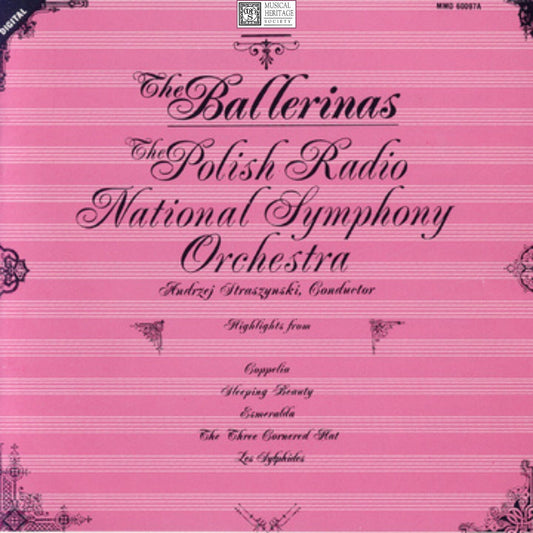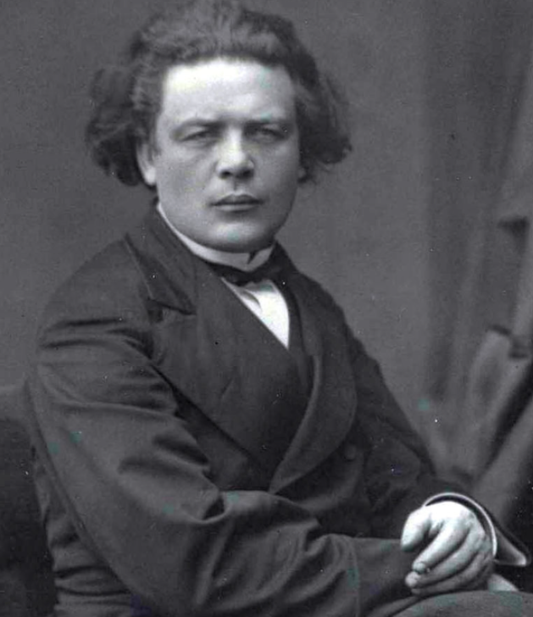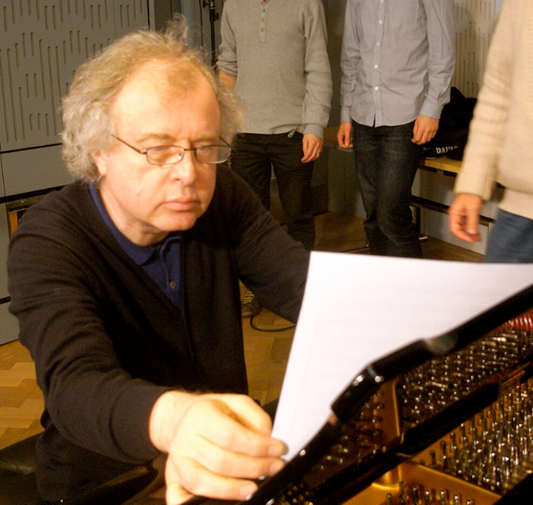Collection: LEO DELIBES (1836-1891)
Clément Philibert Léo Delibes (1836-1891) stands as a quintessential figure of 19th-century French music, celebrated primarily for his enchanting ballets and the enduring opera Lakmé. While perhaps not plumbing the dramatic depths of Wagner or the symphonic grandeur of Brahms, Delibes possessed a unique gift for melody, graceful rhythm, and exquisite orchestration, crafting works imbued with irresistible charm, wit, and elegance that continue to delight audiences worldwide.
Born in Saint-Germain-du-Val, Sarthe, France, Delibes came from a musical family; his mother was a talented amateur musician, and his grandfather had been an opera singer. Following his father's early death in 1847, the family moved to Paris, where the young Léo's musical talents were quickly recognized. He entered the prestigious Paris Conservatoire, studying organ with François Benoist and, crucially, composition with Adolphe Adam, the composer of the seminal Romantic ballet Giselle. This connection to the world of ballet and theatre proved formative.
Delibes's early career was practical and grounded in the musical life of Paris. He served as an organist at various churches, including Saint-Pierre-de-Chaillot, and gained valuable theatrical experience as a rehearsal accompanist and later chorus master at the Théâtre Lyrique from 1853. During this period, he honed his compositional skills, producing a series of charming and successful operettas and opéras comiques, demonstrating a natural flair for light, tuneful stage works.
His breakthrough into the more prestigious realm of ballet came in 1866 when he was commissioned to collaborate with Ludwig Minkus on the score for La Source for the Paris Opéra. Delibes composed two tableaux, and his contribution significantly outshone Minkus's, noted for its melodic invention and sophisticated scoring. This success led directly to the commission that would cement his fame: Coppélia, ou La Fille aux yeux d'émail (Coppélia, or The Girl with the Enamel Eyes), premiered in 1870.
Coppélia was a triumph. Based on a story by E.T.A. Hoffmann, its tale of a lifelike mechanical doll captured the public imagination. Delibes's score was revolutionary for its time in the context of ballet. It moved beyond mere rhythmic accompaniment, offering music of symphonic richness, descriptive power, and genuine characterization. He skillfully incorporated folk idioms like the mazurka and czardas, creating vibrant local color, and endowed the score with memorable themes and dazzling orchestration.
Building on this success, Delibes produced another masterpiece for the Paris Opéra, Sylvia, ou La Nymphe de Diane (1876). While perhaps less immediately popular than Coppélia, Sylvia's score is considered by many to be even more musically sophisticated. Its mythological subject matter inspired music of great lyrical beauty, nobility, and orchestral brilliance. Notably, Tchaikovsky, upon hearing Sylvia, famously declared his own Swan Lake (premiered a year later) to be "poor stuff" in comparison, praising Delibes's "charm and elegance... richness of melody, rhythm, [and] harmony." This high praise from the future master of ballet music underscores Delibes's significant impact on the genre.
While ballet remained central, Delibes also continued to compose operas. His most famous operatic work, Lakmé, premiered at the Opéra-Comique in 1883. Set in British India, it tapped into the 19th-century fascination with exoticism. Though the plot can seem dated, the score contains some of Delibes's most beloved music, including the ethereal "Flower Duet" (Sous le dôme épais) for soprano and mezzo-soprano, and the demanding coloratura showpiece, the "Bell Song" (L'Air des clochettes). Lakmé secured Delibes's reputation as a leading composer for the lyric stage.
Delibes's musical style is characterized by its clarity, balance, and melodic grace. His orchestration is refined and colorful, often highlighting woodwinds, and his harmonies, while rooted in tradition, are employed with freshness and skill. He excelled at capturing atmosphere, whether the lighthearted village festivities of Coppélia or the exotic allure of Lakmé.
In his later years, Delibes received significant recognition. He was elected to the prestigious Institut de France in 1884, succeeding Victor Massé, and had previously been appointed professor of composition at the Paris Conservatoire in 1881. He died relatively suddenly in Paris in 1891, leaving behind a legacy of music defined by its polish, charm, and enduring appeal. Léo Delibes elevated the art of ballet music and created works for the stage that continue to enchant through their melodic beauty and masterful craftsmanship.




